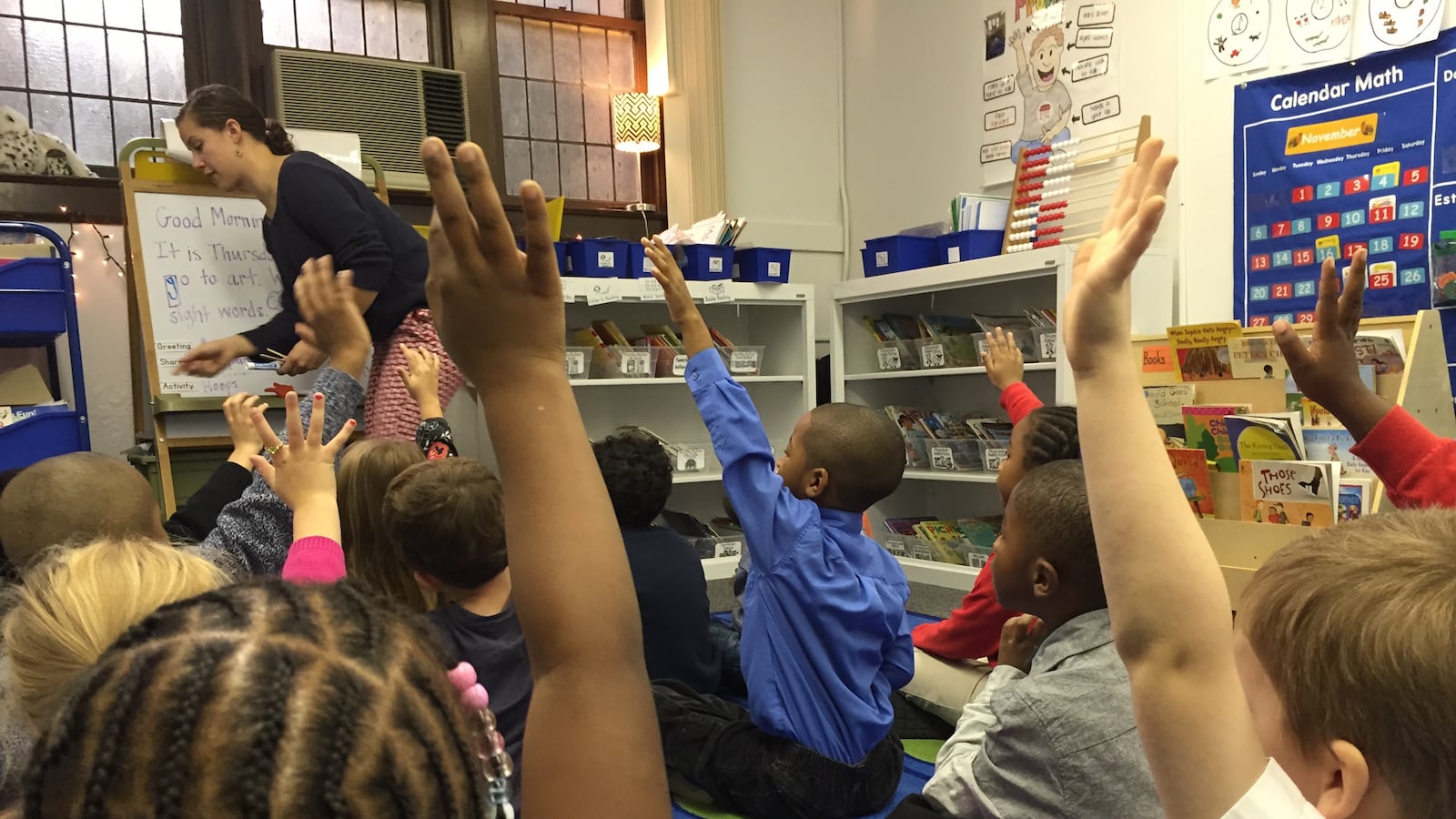When New York City recently released its plan to spur school diversity, advocates praised the city for setting specific goals while skeptics said the bar was set too low.
A new report from the Center for New York City Affairs at the New School crunches demographic data and finds those skeptics may be right.
Even without undertaking any changes to the way students are assigned to schools, the city would likely meet its diversity goals simply due to demographic trends that are already underway, according to the report, “No Heavy Lifting Required: New York City’s Unambitious School ‘Diversity’ Plan.”
“These goals would be easy to achieve,” said Nicole Mader, an author of the report. “They could probably happen under the status quo, and that is concerning because there is a groundswell of support for school desegregation and integration.”
In early June, the city released a plan that set explicit diversity benchmarks and spelled out initiatives to increase racial and economic integration in schools — though the plan didn’t actually use the words “integration” or “desegregation.” Over the next five years, the goals call for increasing the number of students in “racially representative” schools by 50,000, and decreasing the number of “economically stratified” schools by 10 percent.
A racially representative school is defined as having a student body that is between 50 percent and 90 percent black and Hispanic. The report, by Mader and Ana Carla Sant’Anna Costa, notes that many of the schools within the city’s racially representative range “would still count as intensely segregated” under commonly accepted academic measures. Add in demographic trends, and the goal seems even less ambitious.
Citywide, the number of white and Asian students is growing, while the number of black students is decreasing. Given those shifts, the number of schools within the city’s racially representative range has grown by about 2.4 percent a year. Just a slight increase in pace, to 2.9 percent, would allow the city to meets its goal, the report notes.
“In fact, the only barrier that may stand in the way of reaching this goal is the rapid concentration of students into the predominately white and Asian schools,” according to the report. “The number of students at those schools has increased by more than 34,000. This more than cancels out all the progress that has been made on the other end of the goal’s range, where 30,000 fewer students now attend highly segregated black and Hispanic schools than did five years ago.”
Another problem with the goal, according to the report: It allows the city to declare victory even if a school’s overall demographics shift slightly — say, from 90.1 percent black and Hispanic, to 90 percent — because that school’s entire population would count towards the 50,000-student benchmark.
There are currently 105 schools that are between 90.1 and 92 percent black and Hispanic, the report notes, citing an original analysis by The Bell podcast, which explores segregation through the eyes of New York City students. If each of those schools enrolled an average of 10 more white or Asian students, the city would meet its goal.
The findings regarding the city’s economic integration goals are similar. The number of schools with an acceptable level of economic need, by the city’s definition, is already increasing by about 4 percent each year. That natural growth would only have to increase to 4.6 percent, and the city’s goal would be met.
But again, there’s a catch: High-income schools are growing three times faster than those that fall within the city’s definition of an acceptable level of need.
In an email, education department spokesman Will Mantell called the city’s goals “significant” but also just an “initial” step.
“These goals demonstrate the many ways we measure diversity and provide an important yardstick for our progress,” he wrote.
Mantell added that an advisory group, created under the city’s plan, will be tasked with helping to establish longer-term goals.
The report gives a series of recommendations to make the city’s benchmarks more meaningful.
The city could call for targets to be set at the district level, rather than citywide. That would encourage the creation of local solutions and “not mask deepening segregation” in some areas. Another recommendation: including information about the progress of individual schools in relation to integration goals on the city’s Quality Snapshots, a tool that is used to assess schools.
“If you just put this data out there, then school principals know … parents are seeing it,” Mader said. “The idea of just publishing it might be an incentive, in and of itself, to do this work.”

